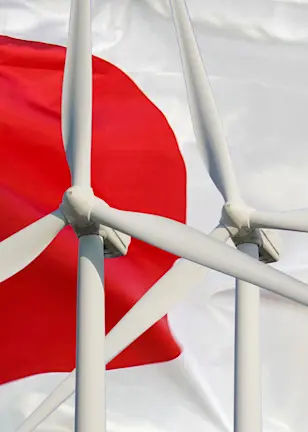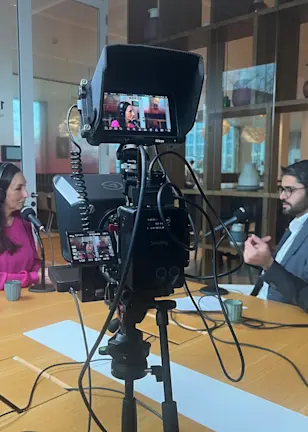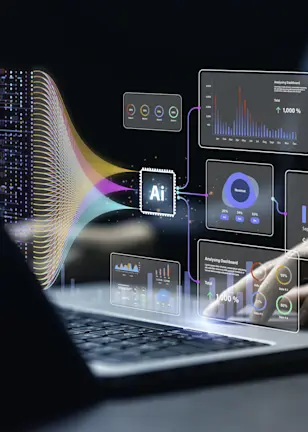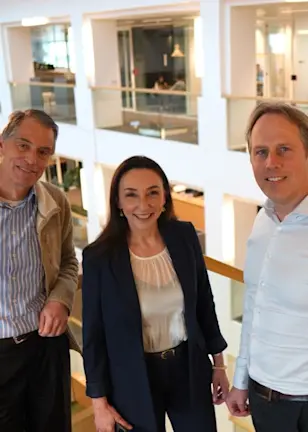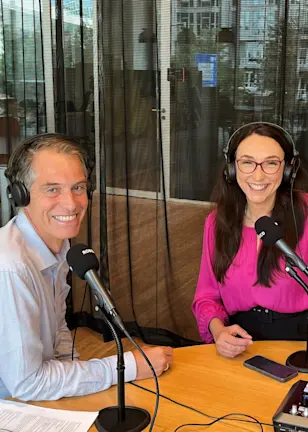Zugangsbeschränkung / Haftungsausschluss
Die auf diesen Seiten enthaltenen Informationen dienen ausschliesslich Marketingzwecken.
Der Zugang zu den Fonds ist beschränkt auf (i) qualifizierte Anleger gemäss Art. 10 Abs. 3 ff. des Bundesgesetz über kollektive Kapitalanlagen („KAG“), (ii) professionelle Kunden gemäss Art. 4 Abs. 3 und 4 des Bundesgesetz über die Finanzdienstleistungen („FIDLEG“) und (iii) professionelle Kunden gemäss Anhang II der Richtlinie über Märkte für Finanzinstrumente (2014/65/EU; „MiFID II“) mit Sitz in der Europäischen Union oder im Europäischen Wirtschaftsraum mit einer entsprechenden Lizenz zur Erbringung von Vertriebs- / Angebotshandlungen im Zusammenhang mit Finanzinstrumenten oder für (iii) solche, die hiermit aus eigener Initiative entsprechende Informationen zu spezifischen Finanzinstrumenten erfragen und als professionelle Kunden qualifizieren.
Die Fonds haben ihren Sitz in Luxemburg oder den Niederlanden. Die ACOLIN Fund Services AG, Postanschrift: Leutschenbachstrasse 50, CH-8050 Zürich, agiert als Schweizer Vertreter der Fonds. UBS Switzerland AG, Bahnhofstrasse 45, 8001 Zürich, Postanschrift: Europastrasse 2, P.O. Box, CH-8152 Opfikon, fungiert als Schweizer Zahlstelle.
Der Prospekt, die Key Investor Information Documents (KIIDs), die Satzung, die Jahres- und Halbjahresberichte der Fonds sind auf einfache Anfrage hin und kostenlos beim Schweizer Vertreter ACOLIN Fund Services AG erhältlich. Die Prospekte sind auch über die Website www.robeco.com/ch verfügbar.
Einige Fonds, über die Informationen auf dieser Website angezeigt werden, fallen möglicherweise nicht in den Geltungsbereich des KAG und müssen daher nicht über eine entsprechende Genehmigung durch die Eidgenössische Finanzmarktaufsicht FINMA verfügen.
Einige Fonds sind in Ihrem Wohnsitz- / Sitzstaat möglicherweise nicht verfügbar. Bitte überprüfen Sie den Registrierungsstatus in Ihrem jeweiligen Wohnsitz- / Sitzstaat. Um die in Ihrem Land registrierten Produkte anzuzeigen, gehen Sie bitte zur jeweiligen Länderauswahl, die auf dieser Website zu finden ist, und wählen Sie Ihr Wohnsitz- / Sitzstaat aus.
Weder Informationen noch Meinungen auf dieser Website stellen eine Aufforderung, ein Angebot oder eine Empfehlung zum Kauf, Verkauf oder einer anderweitigen Verfügung eines Finanzinstrumentes dar. Die Informationen auf dieser Webseite stellen keine Anlageberatung oder anderweitige Dienstleistung der Robeco Schweiz AG dar. Eine Investition in ein Produkt von Robeco Schweiz AG sollte erst erfolgen, nachdem die entsprechenden rechtlichen Dokumente wie Prospekt, Jahres- und Halbjahresberichte konsultiert wurden.
Durch Klicken auf "Ich stimme zu" bestätigen Sie, dass Sie resp. die von Ihnen vertretene juristische Person in eine der oben genannten Kategorien von Adressaten fallen und dass Sie die Nutzungsbedingungen für diese Website gelesen, verstanden und akzeptiert haben.
Sustainable Investing
Sustainable technology
Sustainable technology is the application of industrial and digital solutions to enhance environmental, social, and governance (ESG) goals. It spans diverse fields, including solar panel construction, artificial intelligence in healthcare, fintech digitalization, and recycling initiatives.
The first sustainable technology was arguably the construction of dams in ancient times to retain water in areas where it was scarce. The oldest known is the Jawa Dam in what is now modern Jordan that was built in the 4th millennium BC to irrigate dry land and make it suitable for farming.1
The most modern use of sustainable technology could be said to be the use of artificial intelligence to detect cancers or other human ailments that cannot be found using standard data or scanning, along with satellites than can detect deforestation from space.
Wind and solar have scaled up faster than any other sources of electricity in history - Global electricity generation, by technology (TWh)
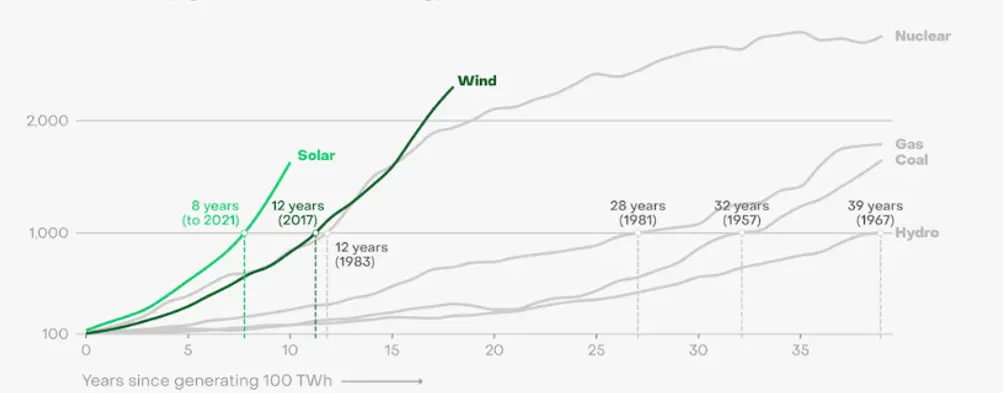
Source: Wind and solar generation data from Ember annual electricity data, nuclear, gas, coal and hydro generation data from Pinto et al. (2023).
This graphic is based on a chart by Nat Bullard https://www.nathanielbullard.com/presentations
Global electricity generation technology expansion by technology (TWh), showing the time it has taken for key technologies to grow from 100 TWh to 1,000 TWh. Source: Ember.
Addressing climate change through sustainable technology
Due to the urgency in needing to tackle advancing climate change, much of the focus on sustainable technology has been on its environmental and biodiversity applications. These include:
Solar and wind power, using photovoltaic panels and wind turbines the size of skyscrapers. Percentage of renewable energy globally. Wind and solar have expanded from 0.2% of the global electricity mix in 2000 to 13.4% in 2023, according to Ember.2
Green hydrogen, in which hydrogen is created through electrolysis using energy from renewable sources (otherwise there is no net gain) and is seen as an alternative fuel for heavy transport. The global green hydrogen market was valued at USD 7.7 billion in 2023 and is anticipated to grow by more than 40% a year from 2024 to 2032.3
Carbon capture and storage, through technology that grabs emissions from industrial processes before they can enter the atmosphere. It remains in its infancy, currently capturing only about 0.1% of global emissions a year.4
Spy-in-the-sky satellites, such as the European Space Agency’s Sentinel-1 satellite, launched in 2014 as part of the Copernicus scientific program, in orbit around the Earth which can spot deforestation in palm oil plantations and also spot oil spills.
Biotechnology and enzymes to improve the diets of farm animals such as cows and other livestock which generate so much methane from passing gas that they account for an estimated 11% of global emissions. 5
AI has applications in healthcare, education and science, including using machine learning for climate change mapping. The digitalization trend is particularly prominent in financial technology which is transforming payment systems and ecommerce. Touch payments such as putting bank cards on phones received a boost during Covid as it removed the need to hand cash. It does have a flipside, however, in that the data centers needed to process fintech are big users of energy.
Ihr Portfolio gegenüber der thematischen Dynamik öffnen
Seit mehr als 25 Jahren steht Robeco beim Aufbau thematischer Strategien an der Spitze.
Reducing resource use
The circular economy theme has been growing as the world gradually moves away from the take-make-waste model of extracting resources to produce goods that are then mostly discarded. The circular model focuses on technology that can aid recycling, extend product life and reduce wasteful packaging. New technologies include developing biodegradable plastics and longer-life batteries.
Sustainable technology for social use includes innovations such as ride-sharing platforms which encourage people to share taxis and embrace carpooling rather than make separate trips. Knowledge-sharing platforms can also assist in making workplaces more inclusive, or in cybersecurity that makes online transactions safer and cuts crime.
Applications in governance include technologies that strengthen business conduct and improve shareholder relations. The use of hybrid and virtual voting systems during Covid, when in-person gatherings were briefly banned due to social distancing, was an innovation that was kept after the pandemic was over.
Footnotes
1https://www.britannica.com/technology/dam-engineering
2https://www.carbonbrief.org/wind-and-solar-are-fastest-growing-electricity-sources-in-history/
3https://www.gminsights.com/industry-analysis/green-hydrogen-market
4https://www.statista.com/topics/4101/carbon-capture-and-storage/
5https://www.c2es.org/content/international-emissions/


